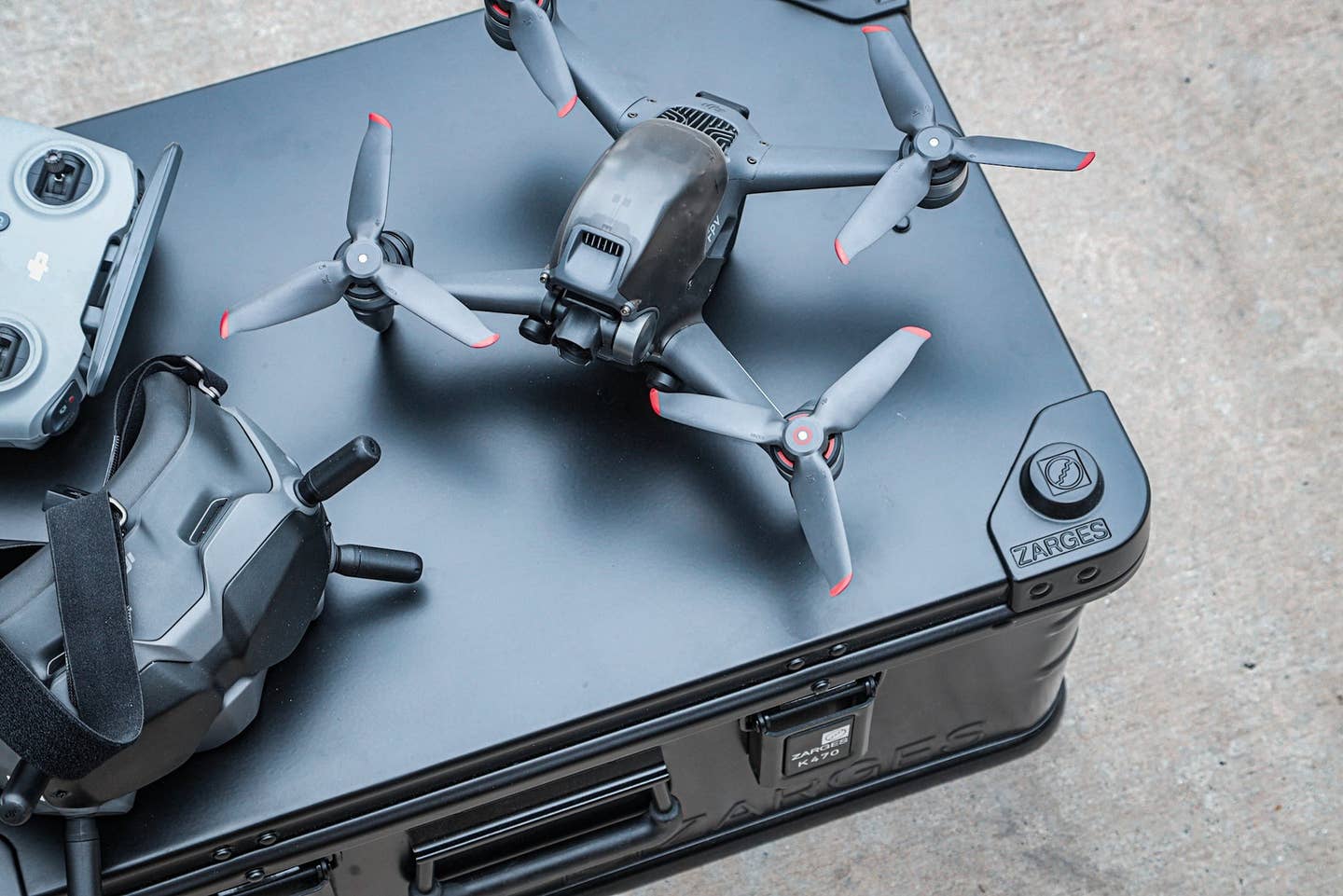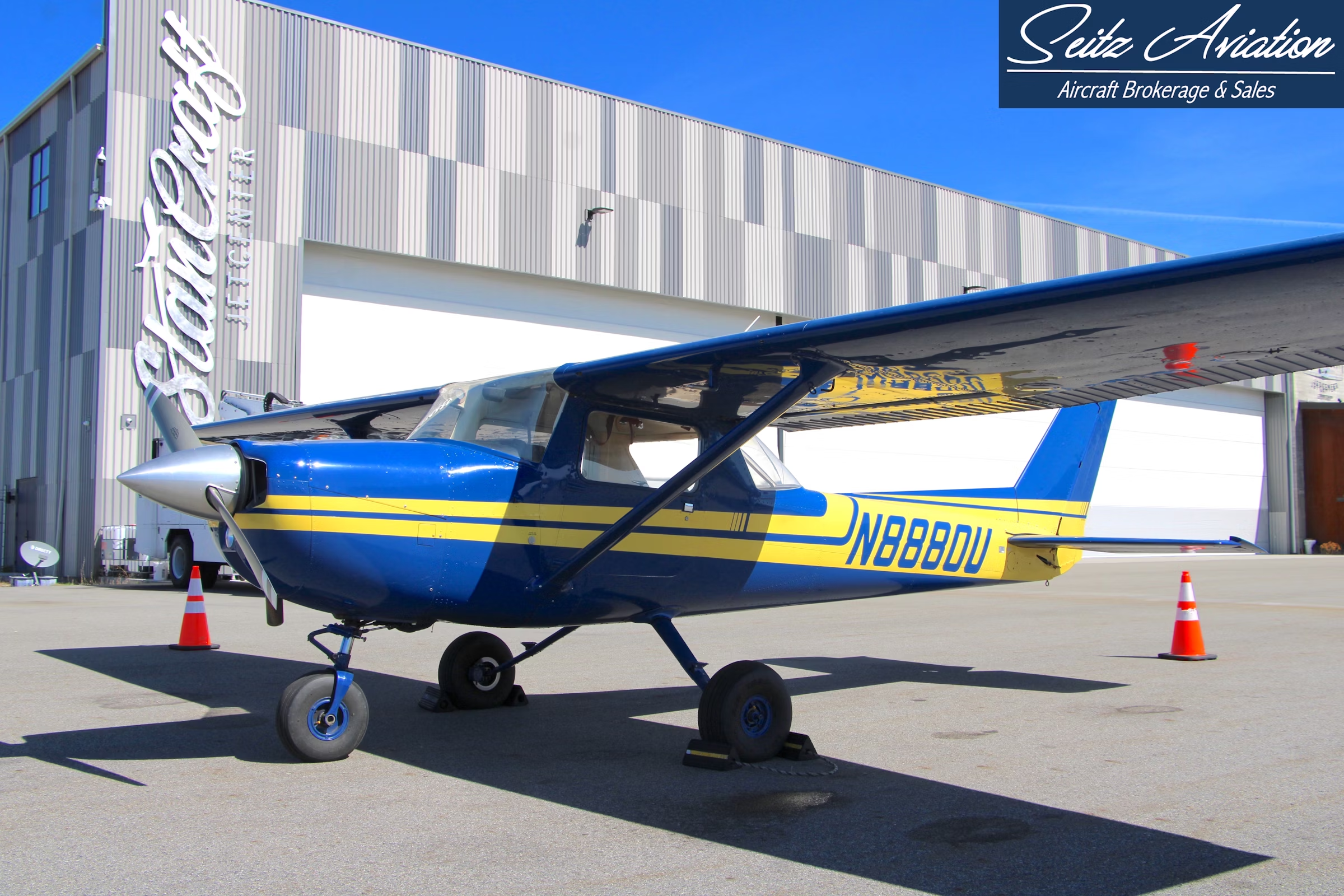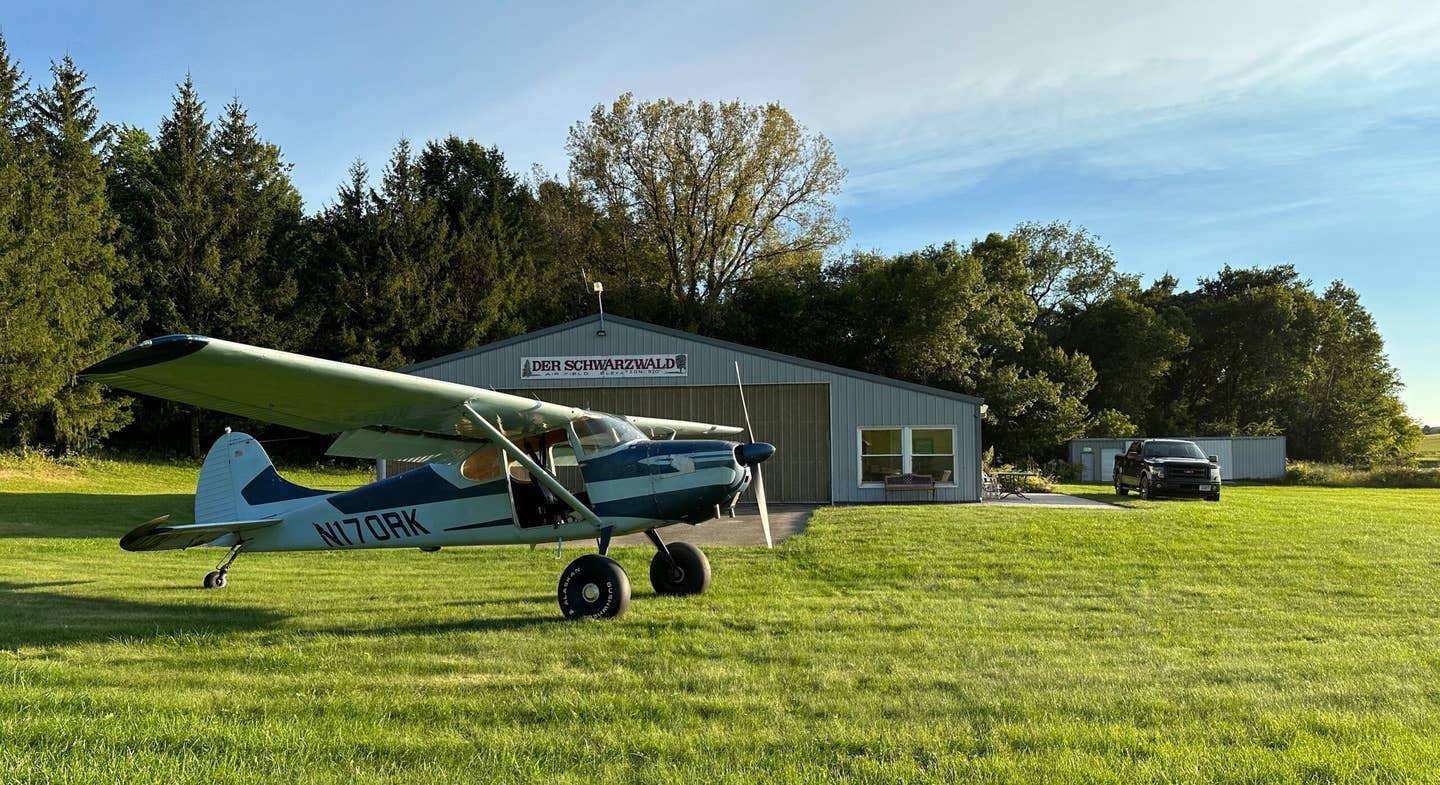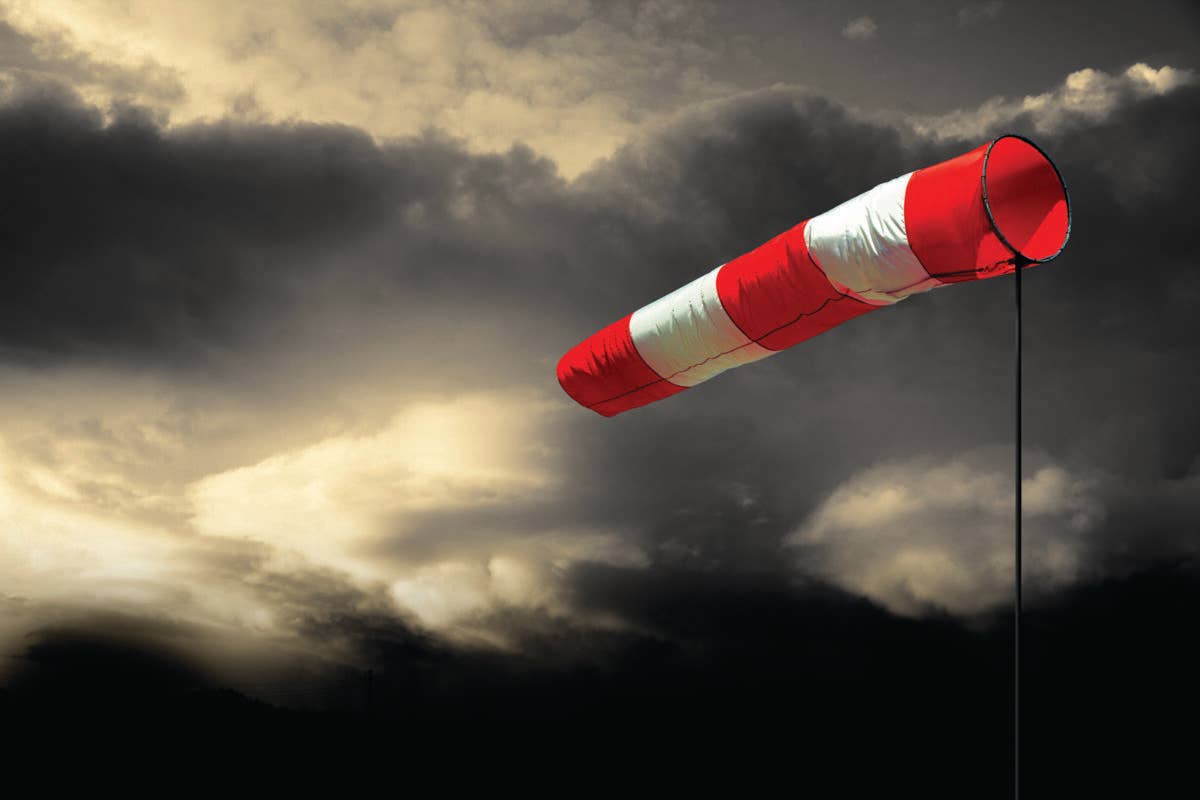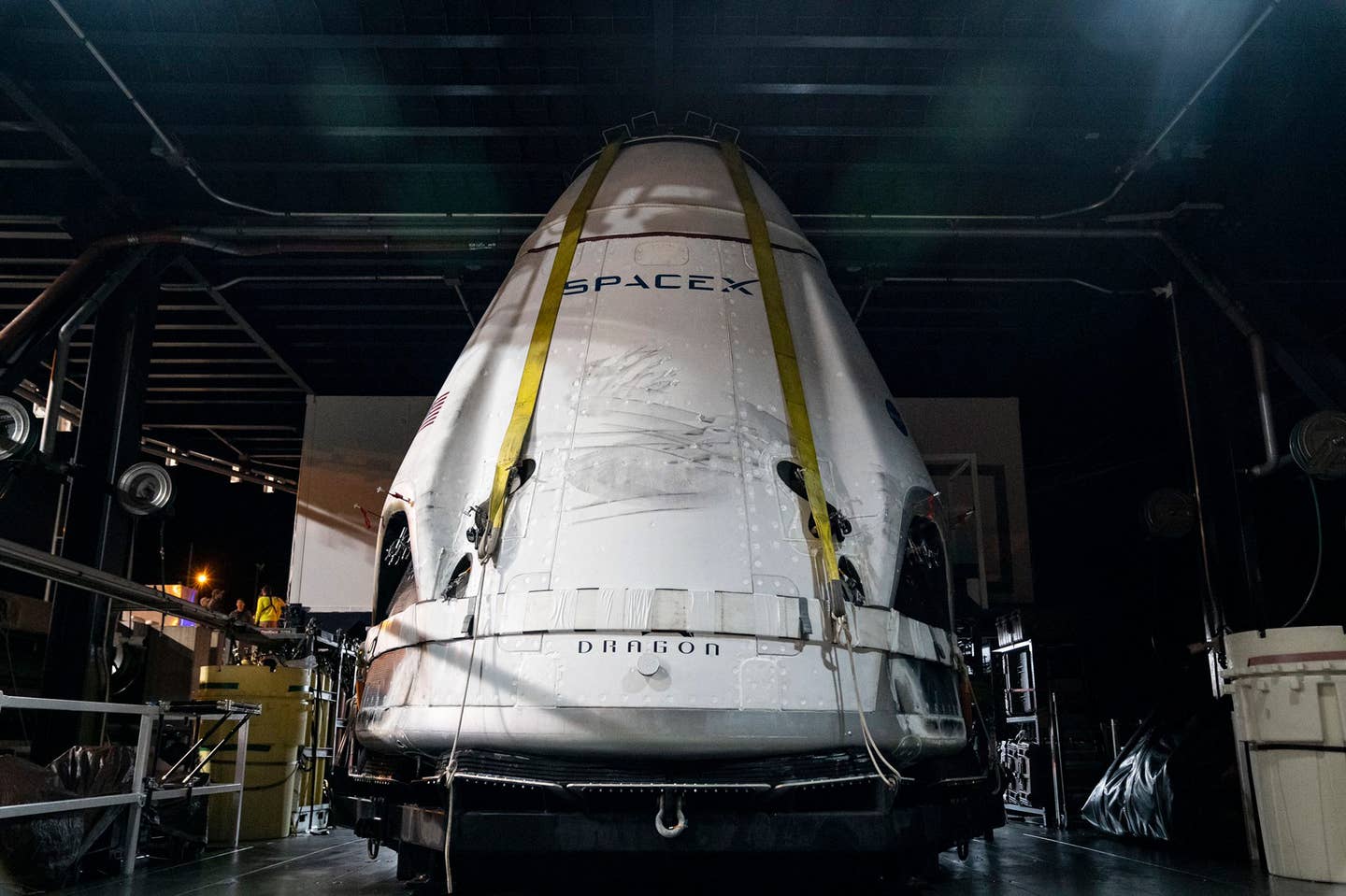
The SpaceX Crew Dragon finds its way home after a successful mission. SpaceX/Twitter
Hawthorne, California-based SpaceX inched one step closer to bringing astronauts to space this weekend as it completed a test of the in-flight launch escape capabilities of its Crew Dragon. The Crew Dragon test flight, which launched from Cape Canaveral, Florida, atop SpaceX’s Falcon 9 rocket, showed the spaceship’s “ability to separate from Falcon 9 and carry astronauts to safety in the unlikely event of an emergency on ascent,” according to a SpaceX post on Twitter.
As part of the launch escape, the Crew Dragon fires eight SuperDraco engines, which are embedded in the sidewalls of the spacecraft, according to the SpaceX website. The engines are capable of producing 120,000 pounds of axial thrust as the Crew Dragon shoots itself away from the rocket. Like the capsule itself, the SuperDraco engines can be used multiple times. Once separated, the Crew Dragon is brought back to earth with four parachutes.
A plan for recovery once the Crew Dragon has reached the ground is also in place. The spaceship will splash down in the Atlantic Ocean where crews on a ship named Go Searcher will retrieve it. Go Searcher is also equipped with a medical facility capable of treating the astronauts, if necessary.
NASA’s Commercial Crew Program awarded SpaceX $75 million in 2011 for its Dragon program. In 2012, the SpaceX Dragon became the first privately operated space ship to bring supplies to the International Space Station. The original intent for the Dragon was also to carry people, and the Crew Dragon represents the configuration for passengers. Crew Dragon has three windows and an environmental control system. While the Crew Dragon is fully autonomous, it will be controllable by astronauts on board and by mission control in Hawthorne, SpaceX says.

Sign-up for newsletters & special offers!
Get the latest FLYING stories & special offers delivered directly to your inbox



